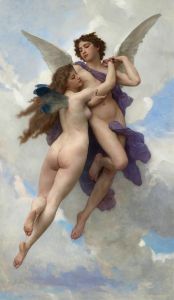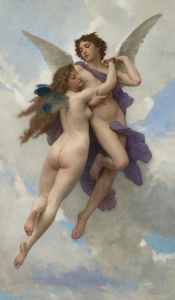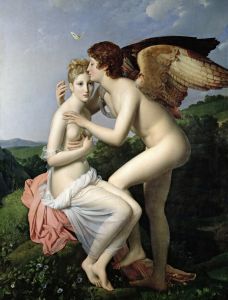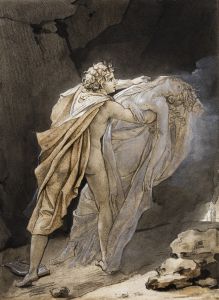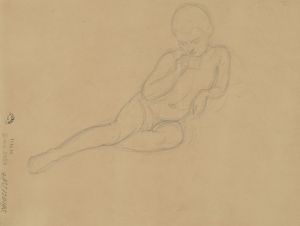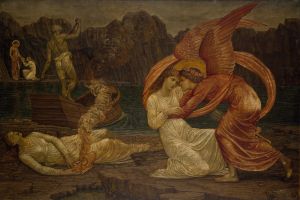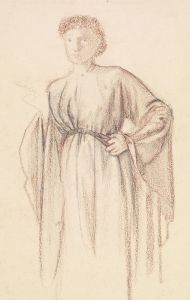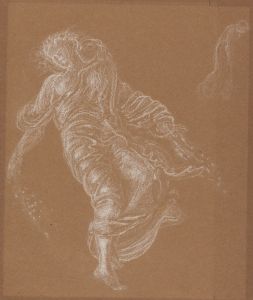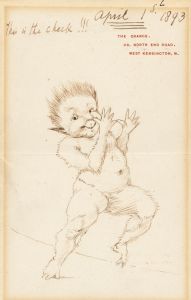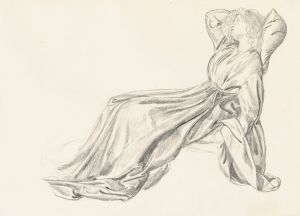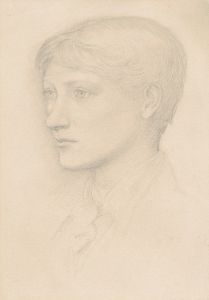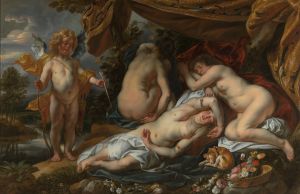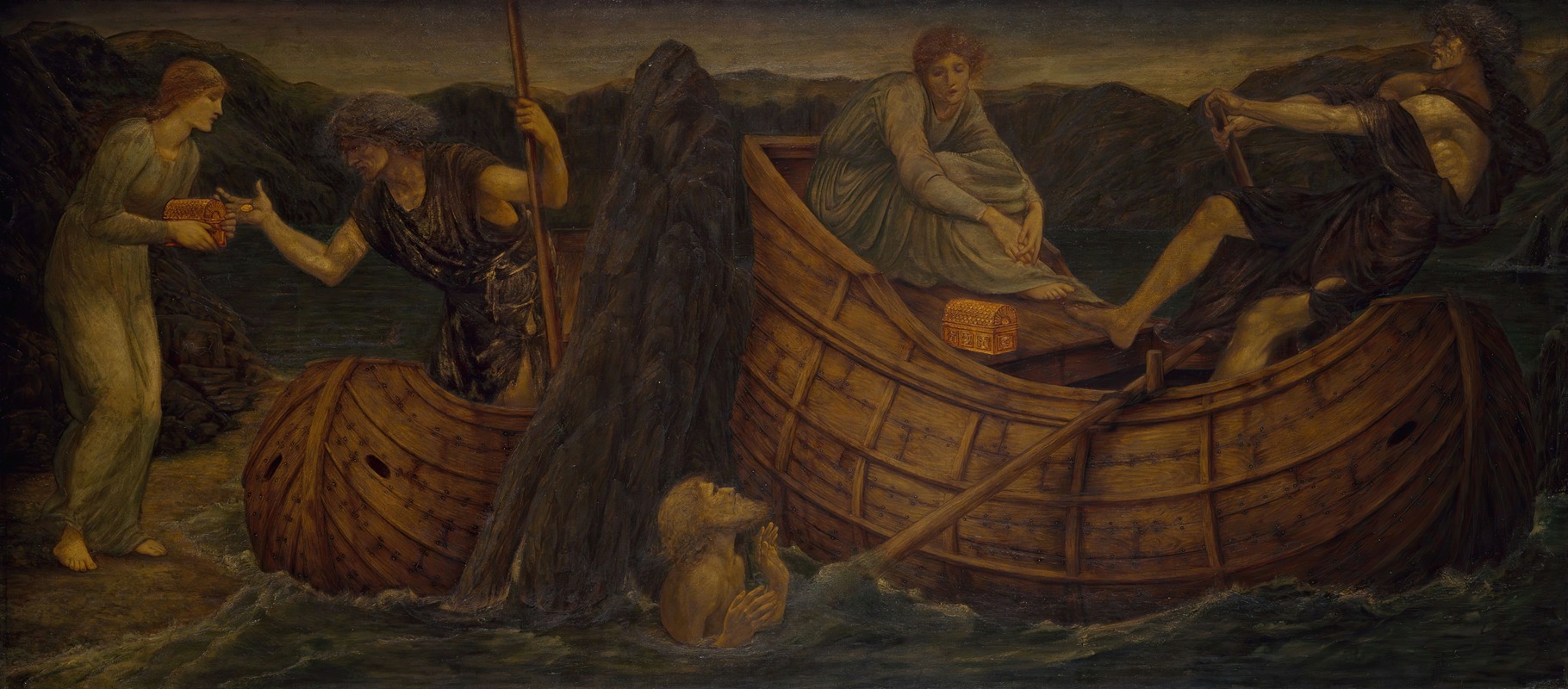
Psyche giving the Coin to the Ferryman of the Styx
A hand-painted replica of Sir Edward Coley Burne-Jones’s masterpiece Psyche giving the Coin to the Ferryman of the Styx, meticulously crafted by professional artists to capture the true essence of the original. Each piece is created with museum-quality canvas and rare mineral pigments, carefully painted by experienced artists with delicate brushstrokes and rich, layered colors to perfectly recreate the texture of the original artwork. Unlike machine-printed reproductions, this hand-painted version brings the painting to life, infused with the artist’s emotions and skill in every stroke. Whether for personal collection or home decoration, it instantly elevates the artistic atmosphere of any space.
Sir Edward Coley Burne-Jones's painting Psyche Giving the Coin to the Ferryman of the Styx is a work rooted in classical mythology and the artist's characteristic Pre-Raphaelite style. Burne-Jones, a prominent figure in the Pre-Raphaelite Brotherhood and later associated with the Aesthetic Movement, often drew inspiration from mythological and literary sources, and this painting is no exception.
The artwork depicts a scene from the myth of Psyche, as recounted in Apuleius's The Golden Ass (also known as Metamorphoses), a Latin novel from the 2nd century AD. In the myth, Psyche, a mortal woman of extraordinary beauty, is tasked with a series of seemingly impossible challenges by Venus (Aphrodite), the goddess of love, as a test of her worthiness to reunite with her divine lover, Cupid (Eros). One of these tasks involves descending into the underworld to retrieve a box containing a fragment of Proserpina's (Persephone's) beauty. To cross the river Styx, which separates the world of the living from the dead, Psyche must pay Charon, the ferryman, with a coin.
Burne-Jones's painting captures the moment Psyche offers the coin to Charon. The composition reflects the artist's meticulous attention to detail and his fascination with the ethereal and otherworldly. Psyche is portrayed as a graceful and serene figure, embodying both vulnerability and determination. Her delicate features and flowing garments are characteristic of Burne-Jones's idealized depiction of female figures. Charon, in contrast, is depicted as a somber and imposing presence, emphasizing the gravity of Psyche's journey into the underworld.
The painting exemplifies Burne-Jones's use of muted, harmonious colors and intricate patterns, which contribute to the dreamlike quality of the scene. His work often sought to evoke a sense of timelessness and transcendence, qualities that are evident in this piece. The mythological subject matter aligns with the Pre-Raphaelite interest in exploring themes of love, sacrifice, and redemption, as well as their admiration for classical antiquity.
While the exact date of the painting's creation is not specified, Burne-Jones was active during the late 19th century, producing many works that drew on similar themes and stylistic elements. Psyche Giving the Coin to the Ferryman of the Styx is part of a broader series of works by Burne-Jones that illustrate the story of Cupid and Psyche, showcasing his ability to narrate complex myths through visual art.
The painting is held in a private collection, and its exhibition history is limited. However, Burne-Jones's broader body of work, including his series on the Cupid and Psyche myth, has been widely celebrated for its contribution to the revival of interest in classical mythology and its influence on the development of Symbolism and the Aesthetic Movement in art.





